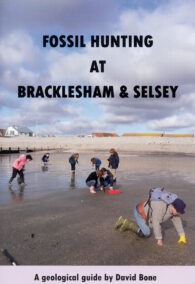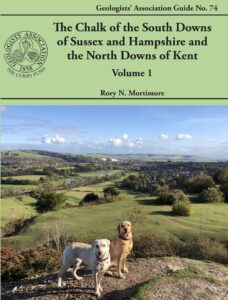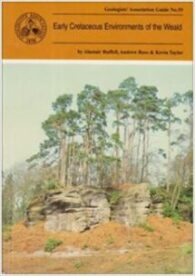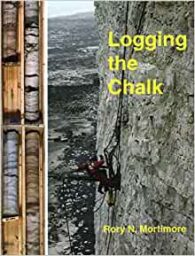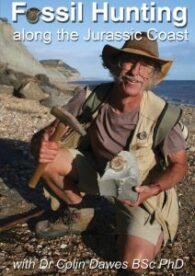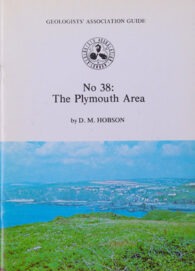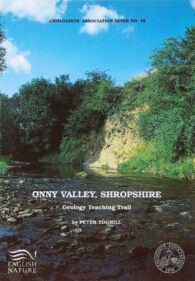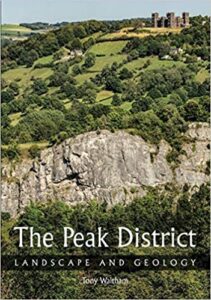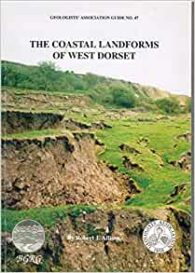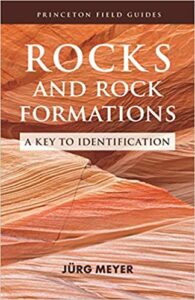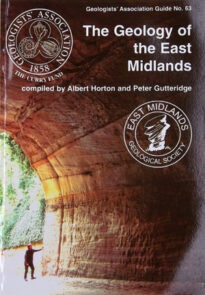The ‘Bracklesham Beds’ are a series of predominantly soft silty sands and clayey silts laid down in a sub-tropical shallow marine environment around 46Ma. Fossils are readily eroded and can be found loose on the beach along with modern sea shells. The guide has simple maps to direct fossil hunters to the best areas for surface-picking and likely exposures when the beach sand has been removed.
